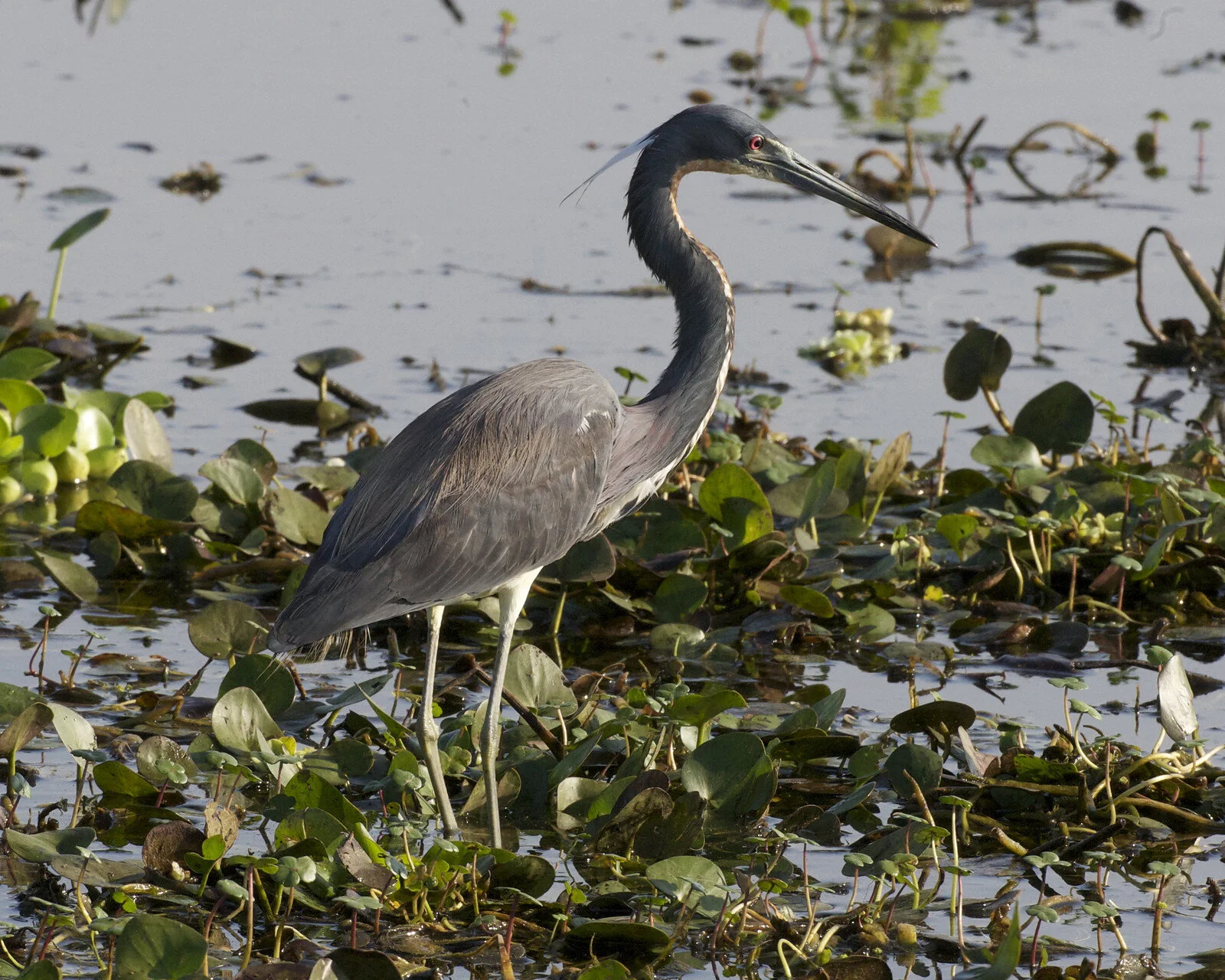by merlinprincesse via flickr common licenseThis time of year when I drive along the road toward the school – the road I know like the back of my hand because I’ve been traveling that road for fifty years – I always notice the starlings on the wire. As the weather turns and the nights get cool and the purple asters and yellow goldenrod fight for space in the meadows, the starlings begin to gather. First there are just a few, balanced precariously, claws gripping the telephone wire as they sway in the wind. But soon it’s like a party up there with hundreds of birds chit-chatting as they cling to the now-drooping wires.
European Starlings were first brought to the United States in the late 19th century when about a hundred of them were released in Central Park in New York City by a bird enthusiast who wanted to surround himself with all the birds mentioned in Shakespeare’s works. Today, hundreds of millions of starlings make their home from Alaska to Mexico making them one of the most successful non-native invasive species in North America (outside of humans, that is).
The older I get, the more I love starlings and their noisy, messy ways. They pull on the same part of me that loves pigeons and crows – common, oft-maligned birds that are very cool when you take the time to really watch them. Starlings are the size of blackbirds but have a short tail and long bill and look to me like stealth bombers when they fly because their aerial shape is triangular.
They are a glossy iridescent black in the spring and kind of spotted in the fall. I think they’re mighty handsome birds that shine and shimmer with green and blue and bronze hues when the sun hits them just right.
This time of year they gather in huge flocks in Upstate New York while they contemplate a move south. You might see thousands of them feeding in a field, giving the impression that the ground is moving if you squint just right. Or you might see them filling all the nooks and crannies of a tree while they look for yummy bugs to eat. Or if you look up you might see them wheeling through the sky. One autumn, when I lived in Delaware, I watched starlings migrating through the area in what looked like great undulating rivers of birds stretching from horizon to horizon overheard. Streams of birds that flowed for ten minutes or more while I stood on a concrete sidewalk on the side of a four-lane highway at dusk in Newark, Delaware, wishing I was up there with them, going wherever they were going, rather than rooted to the ground.
I have a friend who kept a starling for a pet. Sprinkle was rescued from the lawn as a fledgling where she surely would have met an untimely end at the claws of a housecat. My friend loved Sprinkle who was wise beyond her bird-years. Starlings are fabulous mimics – they’re members of the mynah family – and they speak with a kind of tinny, mechanical-sounding voice. Sprinkle loved medical shows like ER and House and would often punctuate her speech with words like Stat! My friend swore that Sprinkle understood and displayed emotions like love, greed, envy, disgust, anger, exasperation, and kindness. Once when she and Sprinkle were watching a survivor-type show on television that took place in Alaska and someone shot some white ptarmigans and was carrying them back to the cabin the narrator said, “Now they can make it with this protein.” And Sprinkle said in a disgusted voice, “That’s a WASTE of BIRDS!!”
When I pass the birds on a wire I think of Sprinkle and want a starling for a pet but I try to keep that feeling at bay because we don’t need one more living thing in our house at the moment. But it’s a deep yearning I feel as I watch them chit-chat and fuss around and jockey for position on the wire as they teeter and sway in the wind. And as I drive on and take in the lovely hills splashed with muted tones of yellow and orange and red, I wish the birds a safe and speedy journey south.
Rachel Dickinson lives in Upstate New York where she writes for a variety of publications including the Atlantic, Audubon, The Christian Science Monitor, National Geographic Traveler, and Executive Traveler. Her latest book Falconer on the Edge: A Man, his Birds, and the Vanishing Landscape of the American West (Houghton Mifflin) is now a featured selection in the YourLifeIsATrip.com Trip Shop.
✓ If you'd like to subscribe to YourLifeisaTrip.com and be notified when new articles appear, click here. It's free, it's fun, and it keeps you on the cutting edge of what our writers are thinking.
YourLifeIsATrip.com is proudly supported by: Luxury Hotels The Kiwi Collection

